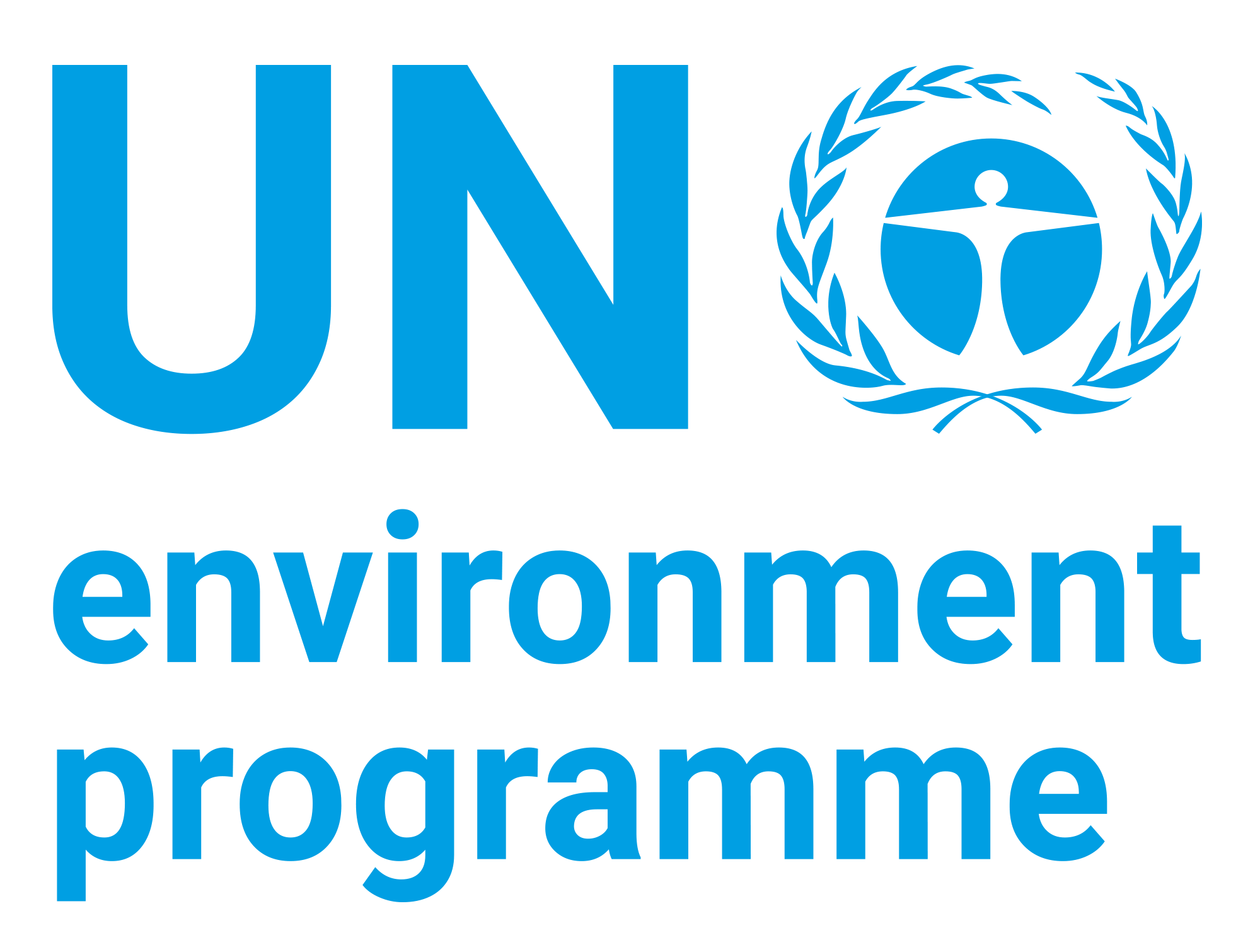| dc.contributor | Ecosystems Division | en_US |
| dc.contributor.author | United Nations Environment Programme | en_US |
| dc.contributor.author | International Union for Conservation of Nature | en_US |
| dc.contributor.other | Hamilton, L. S. | en_US |
| dc.contributor.other | Snedaker, S. C. | en_US |
| dc.contributor.other | Environment and Policy Institute | en_US |
| dc.contributor.other | United Nations Educational, Scientific and Cultural Organization | en_US |
| dc.date.accessioned | 2019-08-15T17:06:20Z | |
| dc.date.available | 2019-08-15T17:06:20Z | |
| dc.date.issued | 1984 | |
| dc.identifier.isbn | 0-86638-055-8 | en_US |
| dc.identifier.uri | https://wedocs.unep.org/20.500.11822/29409 | |
| dc.description | This handbook, which was prepared by a group of leading mangrove researchers and managers, summarizes the most up-to-date in-formation on the range of products, benefits, and services provided by the world's mangrove resources. Our objectives go further than this, however, and guidelines are provided through-out the handbook for sustainable, multiple-use management of mangrove ecosystems. Sustain-able use is a theme of prime importance in approaches for better utilization of the mangrove resource. Failure to view the resource in this way has led to inefficient use and waste of man-groves and denied their many other values to the coastal people who depend on them for fundamental needs - food, fuel, shelter, and monetary earnings. Poor management decisions and practices have severe and direct social, economic, and ecological impacts. | en_US |
| dc.format | Text | en_US |
| dc.language | English | en_US |
| dc.rights | Public | en_US |
| dc.subject | mangrove | en_US |
| dc.title | Handbook for Mangrove Area Management | en_US |
| dc.type | Reports, Books and Booklets | en_US |


